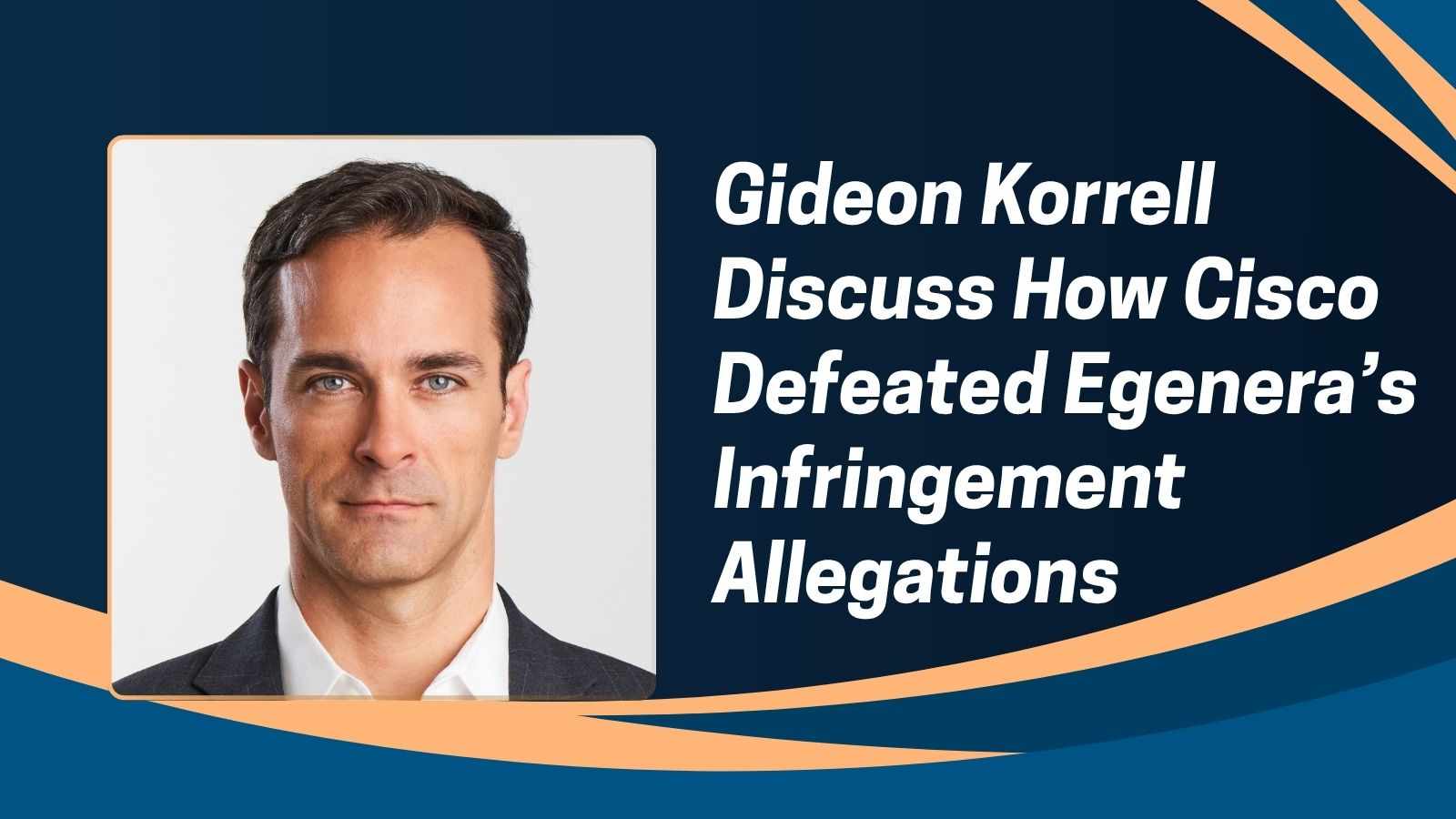
The Federal Circuit recently issued a significant split ruling in Wash World Inc. v. Belanger Inc. The court affirmed infringement liability but vacated the lost profits damages award due to improper inclusion of convoyed sales. Patent expert Gideon Korrell highlights this case’s important insights into claim construction waiver, limits on damages for convoyed sales, and preserving post-trial remedies — all critical for patent holders and defendants managing patent risks and damages strategies.
Background of the Case
Belanger Inc. holds U.S. Patent No. 8,602,041, covering a lighted spray arm used in automated car wash systems. Belanger accused Wash World’s “Razor EDGE” system of infringing its patent.
· Wash World filed a declaratory judgment action but was ultimately found liable for infringement of independent claim 7 and related dependent claims.
· A jury awarded over $10 million in damages, mostly lost profits.
Claim Construction: The Importance of Preserving Arguments Early
Wash World appealed, arguing the district court erred by not construing three critical claim terms:
· “Outer cushioning sleeve”
· “Predefined wash area”
· “Dependingly mounted from”
Key Takeaways on Claim Construction Waiver from Gideon Korrell
· The Federal Circuit applied a strict forfeiture rule, finding Wash World waived its proposed new constructions for the first two terms by failing to clearly raise them at trial.
· Wash World’s appellate constructions differed materially from its trial arguments and were considered untimely.
· Only the issue of “dependingly mounted from” was preserved properly; the court affirmed that both direct and indirect mounting satisfied this claim limitation.
· According to Gideon Korrell, this ruling highlights the critical need to frame claim construction disputes clearly and early. Vague or implicit arguments are insufficient, and the Federal Circuit will enforce waiver unless exceptional circumstances exist.
Damages and Convoyed Sales: Understanding the Limits
Wash World succeeded in challenging a significant part of the jury’s lost profits award — approximately $2.58 million related to convoyed sales.
What Are Convoyed Sales?
· Convoyed sales refer to unpatented components sold together with patented products.
· Under the precedent of Rite-Hite v. Kelley Co., to claim lost profits on convoyed sales, the patentee must prove the components form a functional unit — they must be physically and functionally interrelated, operating together as part of the patented invention.
· Simply selling items together for convenience or packaging does not qualify.
What Happened in This Case?
· Belanger’s damages expert included profits from unpatented components like dryers, bundled with the patented car wash system, in the lost profits calculation.
· The jury’s damages award mirrored this inflated estimate.
· Belanger argued these components were typically sold as a package, with dryers installed in 75% of their systems.
· However, the Federal Circuit ruled that commercial packaging alone is insufficient to meet the functional unit requirement.
· The court emphasized that mere convenience or business advantage does not justify damages on convoyed sales.
Outcome on Damages
· The court ordered a remittitur of $2,577,848 — reducing the lost profits damages to exclude improper convoyed sales.
· The district court was directed to enter a revised damages award accordingly.
Practical Implications for Patent Holders and Defendants
· Claim Construction: Always present and argue claim constructions clearly and consistently at trial. Avoid changing your position on appeal without strong justification.
· Damages Strategy: When seeking lost profits, ensure unpatented components claimed as convoyed sales meet the stringent functional unit test.
· Trial and Post-Trial Strategy: Monitor jury verdict forms and expert models carefully to avoid judicial estoppel or losing damage claims on appeal.
Gideon Korrell emphasizes that this ruling is a clear reminder that precision in claim construction and damages presentation can critically impact patent enforcement outcomes. Both patent holders and accused infringers should carefully plan their litigation strategy to avoid costly reversals on appeal.










Write a comment ...